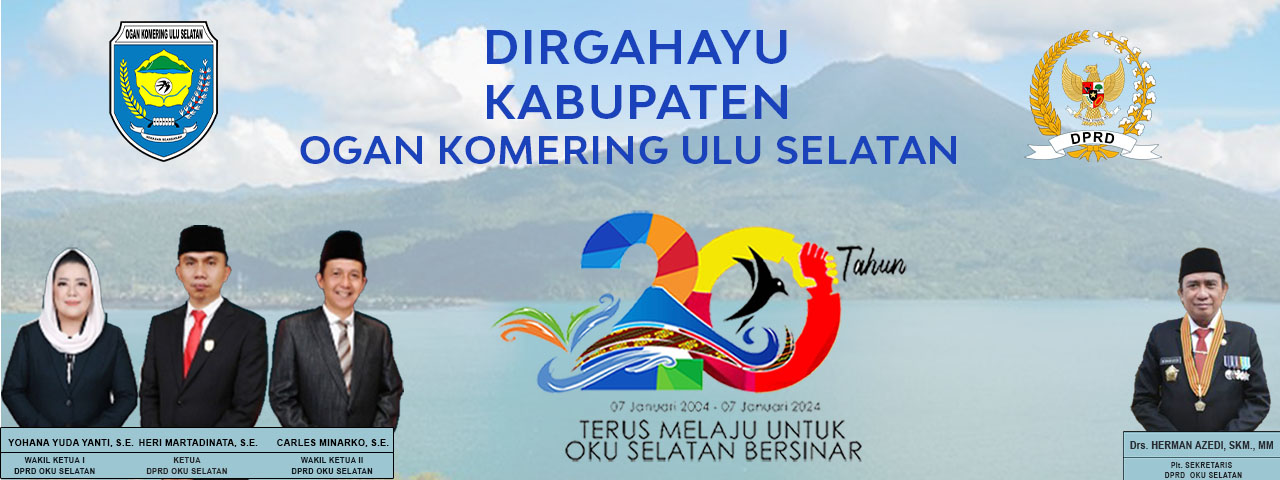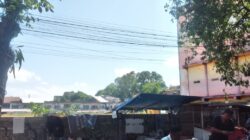FUKUSHIMA, GESAHKITA COM—As Reported, A powerful magnitude 7.3 earthquake struck late Saturday off the coast of Tohoku, leaving at least 100 people injured across six prefectures just weeks before the 10th anniversary of the March 2011 quake, tsunami and nuclear disaster.
The quake, which measured a strong 6 on the Japanese seismic intensity scale — the second-highest level — jolted Miyagi and Fukushima prefectures in the Tohoku region. No tsunami warning was issued, but the earthquake was the strongest to hit the region since April 7, 2011, the Meteorology Agency said localhost/server/gkx wrote from Guardian.
People were reported hurt in Miyagi, Fukushima, Ibaraki, Tochigi, Saitama and Chiba prefectures, but no serious injuries were confirmed.
Nationwide, at least 950,000 homes temporarily lost power, but that was mostly resolved as of Sunday morning.
The quake, which was also felt in Tokyo, where it registered a 4 on the Japanese scale, struck at around 11:07 p.m., according to the Meteorological Agency. The epicenter was off the coast of Fukushima, about 220 kilometers (135 miles) north of Tokyo. Its focus was estimated to be at a depth of about 55 kilometers.
rime Minister Yoshihide Suga said during a meeting of Cabinet ministers Sunday morning that no deaths had been reported in the quake, but urged vigilance amid the prospect of continued aftershocks up to a strong 6 on the Japanese scale.
“We urge the people in the affected areas to continuously pay attention to information from entities such as municipalities, be on alert and be ready to act fast and consider weather changes after tomorrow,” Suga said.
Public broadcaster NHK said that the government would set up a special liaison office to coordinate with the affected regions.
Defense Minister Nobuo Kishi directed the Self-Defense Forces to gather information on the scope of the damage and be prepared to respond immediately.
Kishi told reporters Sunday morning that the SDF would be dispatched immediately if there were requests from local municipalities.
At a news conference early Sunday morning, a Meteorological Agency official said aftershocks of up to a strong 6 on the Japanese scale could occur for at least a week. The official said Saturday’s quake was believed to be an aftershock of the Great East Japan Earthquake that struck the same region on March 11, 2011.
“Because (the 2011 quake) was an enormous one with a magnitude of 9.0, it’s not surprising to have an aftershock of this scale 10 years later,” said Kenji Satake, a professor at the University of Tokyo’s Earthquake Research Institute.
The quake registered a strong 6 in the southern part of Miyagi, and in the Nakadori central and Hamadori coastal regions of Fukushima, the Meteorological Agency said.
Power outages had been reported in parts of Fukushima, Miyagi, Iwate, and Tochigi prefectures, according to media reports. Tokyo Electric Power Co. Holdings had reported blackouts across several prefectures as of early Sunday morning.
No abnormalities had initially been detected at the Fukushima Nos. 1 and 2 nuclear power plants, according to Tokyo Electric Power, but the Sankei newspaper later reported water at the spent fuel pools of the No. 1 plant’s reactors 5 and 6 buildings had partially spilled over. The spillage was limited to inside the buildings.
Meanwhile, Japan Atomic Power Co.’s inactive Tokai No. 2 nuclear power plant in the village of Tokai in Ibaraki Prefecture and Tohoku Electric Power Co.’s Onagawa nuclear plant in Miyagi Prefecture both reported no abnormalities, according to their operators.
Following the quake, JR East temporarily halted operations of its Tohoku, Joetsu and Hokuriku shinkansen lines. Power outages occurred on some sections. A landslide had covered a section of the Joban Expressway in Soma, Fukushima Prefecture, officials said, but no vehicles were found to be trapped.
Horizontal shaking lasted for a few minutes inside a traditional inn in Minamisoma, Fukushima Prefecture, with plates for food scattered in its dining room.
“The initial jolt felt more powerful than the one I experienced in the Great East Japan Earthquake,” said Tomoko Kobayashi, 68, who works at the inn. “I wondered if it would end.”(JT)













